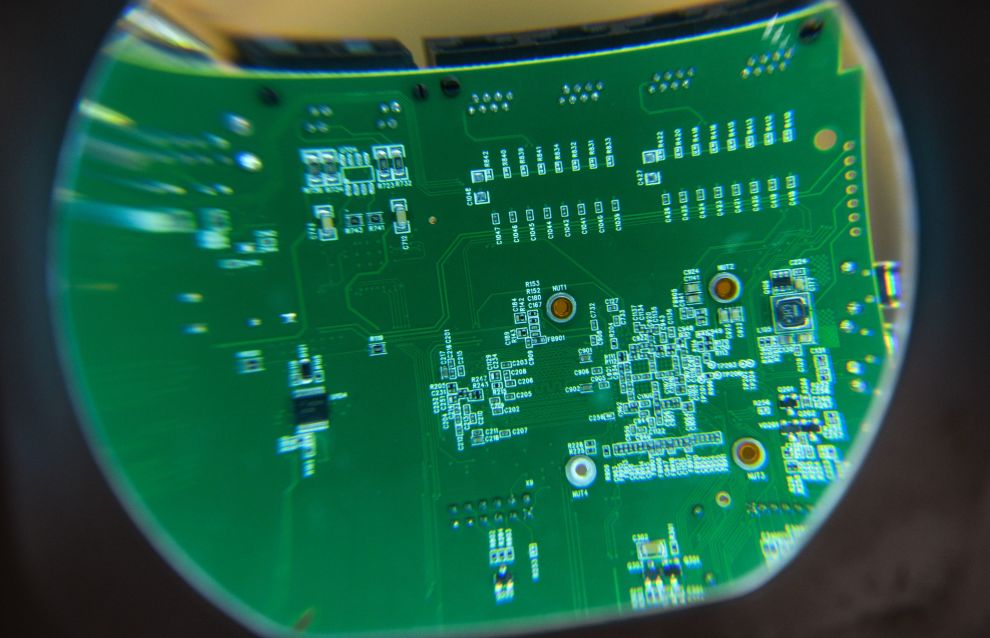Russian scientists develop coating to protect electronic equipment from rust and rapid change in temperature
Researchers at the Tomsk State University (TSU), jointly with colleagues from the Institute of High Current Electronics (IHCE) of the Russian Academy of Sciences have developed a monomeric coating that can protect electronic equipment from rust and changes in temperature of –196 to +130 degrees.
“TSU researchers from the Laboratory of Chemical Technologies and IHCE staff have created a new protective coating resistant to extreme changes of temperature and highly resistant to many chemical solvents. It can be used as protection against early corrosion of printed electric circuit boards and electronic components operating in increased humidity or extreme low-temperature environments. Specifically, it can increase the reliability of equipment employed in the Arctic,” TSU Press Service reports.
The report adds that the current method of protecting electronic equipment uses various paint and varnish coatings based on epoxy resins, polyurethanes or polyacrylates, which are applied by aerosol spraying, brushing, or dipping a printed board in a solution. This is no guarantee of 100% protection, since the coating may not cover hard-to-reach places, with bubbles of air likely to form underneath.
“We take a substance called monomer, vaporize it and transport the vapors to the plasma, where various plasmochemical reactions occur, this resulting in active particles that settle on the underlying material and form a coating. This takes no more than 30 minutes and the coating is smooth and mechanically durable. Since the deposition occurs from the gaseous phase, there is no problem with a reaction gas penetrating hard-to-access areas,” says Daniil Zuxa, a developer.
The new coating enables electronic equipment to operate under extreme conditions, in aggressive chemical or highly humid environments. As a next step, the researchers are planning to upgrade the coatings for use on the conductive parts of spacecraft.
